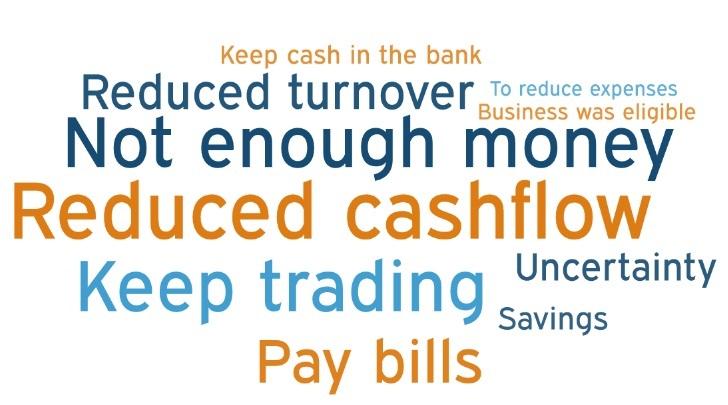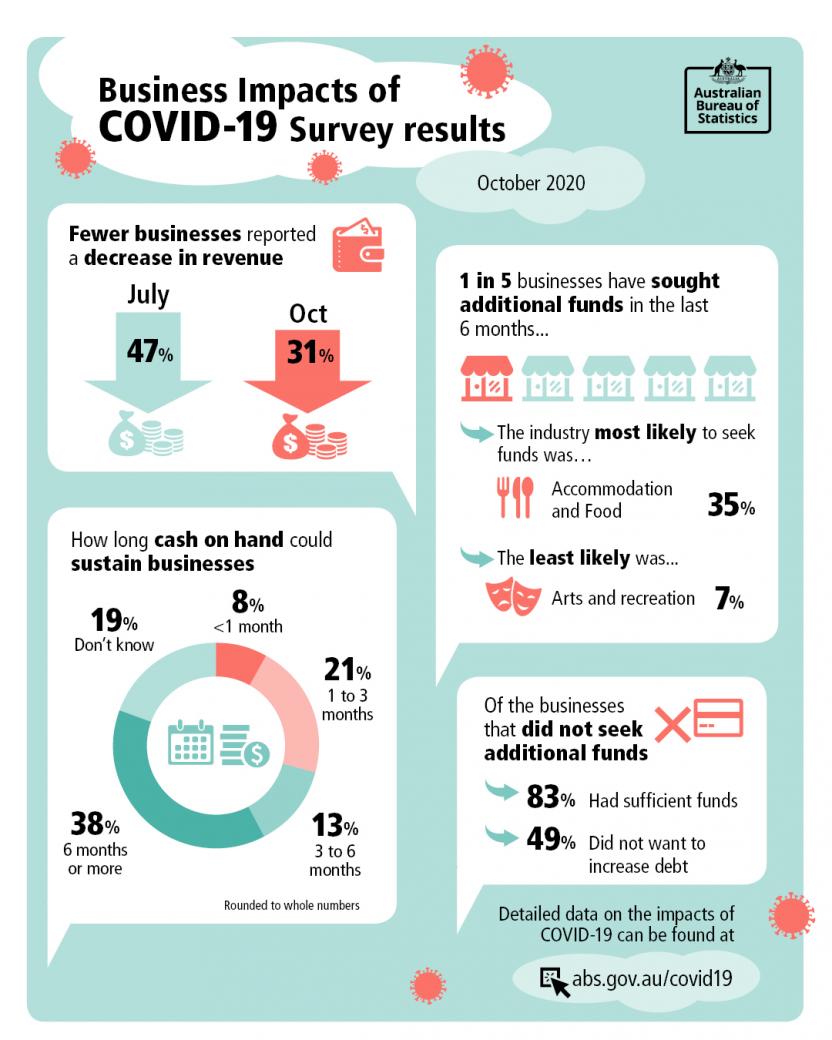Changes in revenue, operating expenses and employment in October, by employment size (a)
[["Revenue","Small businesses","Medium businesses","Large businesses","","Operating expenses","Small businesses","Medium businesses","Large businesses","","Number of employees","Small businesses","Medium businesses","Large businesses"],[[null],[31],[29],[21],[null],[null],[8],[7],[13],[null],[null],[7],[14],[16]],[[null],[49],[45],[49],[null],[null],[64],[66],[61],[null],[null],[86],[63],[62]],[[null],[15],[22],[24],[null],[null],[24],[24],[23],[null],[null],[6],[22],[19]],[[null],[5],[4],[6],[null],[null],[4],[2],[3],[null],[null],[1],[1],[3]]]
[]
[{"axis_id":"0","tick_interval":"","axis_min":"","axis_max":"","axis_title":"","precision":-1,"axis_units":"","tooltip_units":"","table_units":"","data_unit_prefix":"","data_unit_suffix":"","reverse_axis":false}][{"axis_id":"0","tick_interval":"10","axis_min":"","axis_max":"","axis_title":"%","precision":"","table_units":"(%)","tooltip_units":"(%)","axis_units":"","data_unit_prefix":"","data_unit_suffix":"","reverse_axis":false}]
